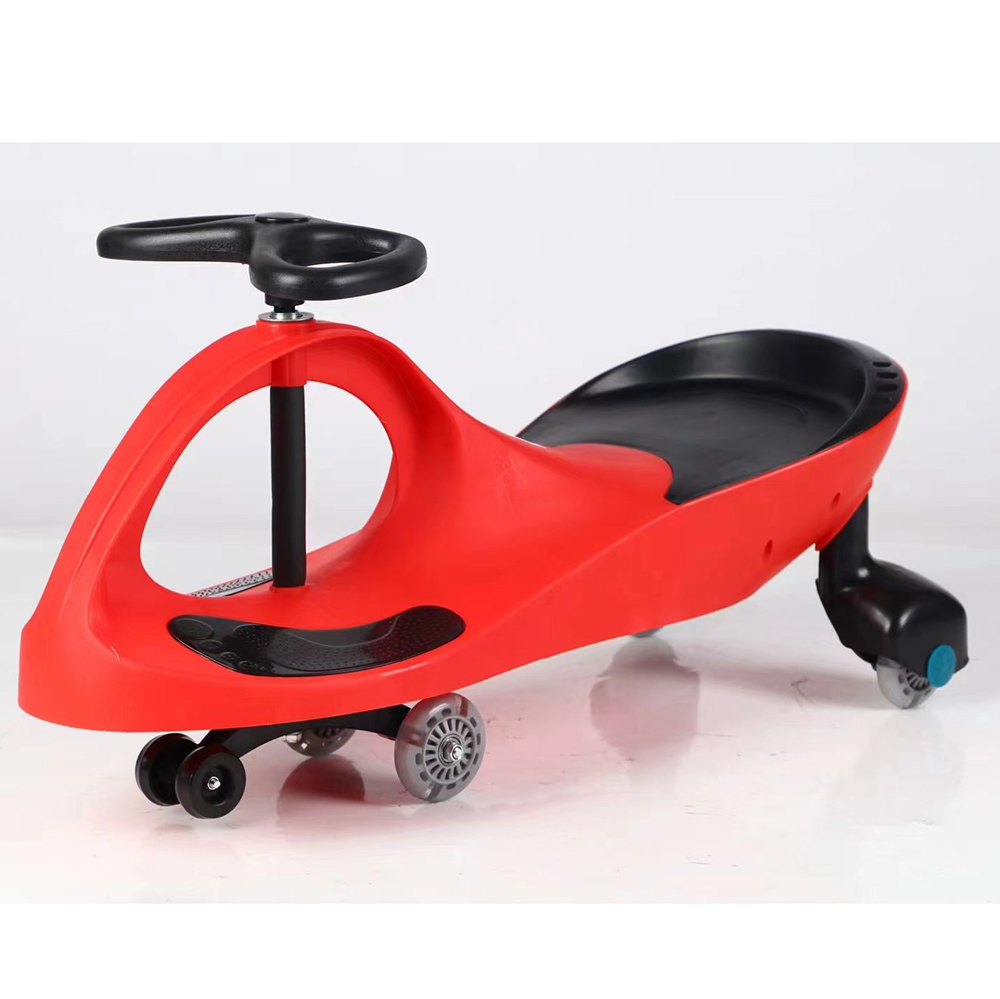full suspension fat bike
The Ultimate Adventure Full Suspension Fat Bikes
In recent years, fat biking has surged in popularity, especially among mountain biking enthusiasts looking for the thrill of conquering trails covered with snow or sand. Among the fat bike category, full suspension fat bikes stand out as the pinnacle of technology and design, promising an unparalleled riding experience.
Understanding Full Suspension Fat Bikes
Full suspension fat bikes, by definition, capitalizes on the best features of both fat bikes and full suspension systems. While traditional fat bikes are designed with oversized tires to provide superior traction on soft surfaces, full suspension systems incorporate a rear shock and front fork suspension, enabling riders to tackle rough terrains with greater comfort and control. This innovative combination allows for enhanced performance, whether navigating through powdery snow, loose gravel, or sandy trails.
The Advantages of Full Suspension
One of the primary benefits of full suspension fat bikes is their ability to absorb shocks and bumps. When riding on uneven surfaces, a rigid frame can lead to discomfort and fatigue. Full suspension systems, however, work to keep tires glued to the ground, which provides better traction and stability on downhill rides. This is particularly advantageous in maintaining momentum and control during descents, making the entire ride smoother and more enjoyable.
Additionally, full suspension enhances a rider's ability to maneuver around obstacles. With improved shock absorption, bikers can ride over rocks, roots, and other trail features without losing speed or balance. This agility is crucial for those seeking adventure in off-road environments, where unpredictable terrain can present significant challenges.
full suspension fat bike

Choosing the Right Full Suspension Fat Bike
When selecting a full suspension fat bike, several factors come into play. The first consideration is tire width. Fat bikes typically feature tires that are at least 3.8 inches wide, providing flotation over sand and snow. However, having a wider tire can add weight and decrease speed on solid terrains, so finding the right balance is essential based on the types of trails you plan to explore.
Next, frame material is crucial in determining the bike's weight and durability. Aluminum offers a good balance of strength and lightness but can transmit more bumps compared to carbon fiber, which is lighter yet generally more expensive. Furthermore, thoughtful design features like a slack head angle can enhance stability at high speeds and provide confident steering.
Another vital consideration is the suspension design itself. Some bikes come equipped with advanced features such as adjustable rebound settings and lockout options. These allow riders to fine-tune their suspension's responsiveness based on terrain and personal preference, further optimizing the riding experience.
Conclusion
Full suspension fat bikes represent the forefront of cycling technology, offering an exciting and versatile riding experience that opens the door to new adventures. Whether you’re carving through fresh winter snow, cruising the beach, or mastering rugged mountain trails, these bikes are engineered to perform. As you embark on your cycling journey, investing in a full suspension fat bike can elevate your experience, making your rides not just a means of transportation but an exhilarating outdoor escapade.
So if you’re ready to explore the great outdoors in a whole new way, consider the advantages of full suspension fat bikes and prepare for a journey filled with excitement, challenge, and unrivaled enjoyment. Happy trails!
-
kids-scooter-tiny-olympic-games-scooterathlonNewsAug.22,2025
-
kids-scooter-waves-xingtai-zhongzhous-global-rippleNewsAug.22,2025
-
baby-tricycle-oem-legacy-zhongzhou-forgedNewsAug.22,2025
-
xingtais-twin-tricycle-revolution-siblings-ride-togetherNewsAug.22,2025
-
baby-tricycle-design-inspired-by-ancient-armorNewsAug.22,2025
-
nfc-chip-enabled-oem-baby-tricycle-trackingNewsAug.22,2025
-
The Perfect Baby TricycleNewsAug.11,2025








